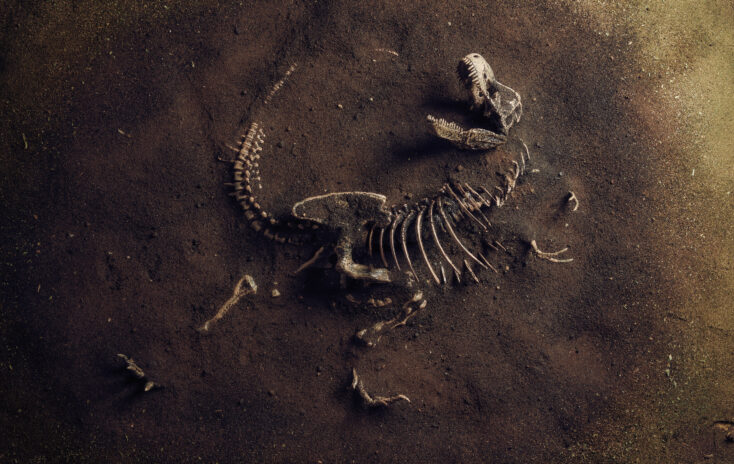Flightless Birds Cause Evolution to Run Out of Options
Newly Discovered Example of Convergence Challenges Biological Evolution
A few weeks ago, while on a hike, I had to climb uphill through a boulder field. It was tough treading. Several times I wound up stuck amid the rocks with seemingly no way to maneuver. You might say I was literally, and metaphorically, stuck between a rock and a hard place.
Similarly, a recent study on the origin of a group of flightless birds called ratites puts the evolutionary paradigm in a difficult position.
To complete this study, scientists used 20 different regions of nuclear DNA taken from 18 different bird taxa to build an evolutionary tree for ratites. It turns out that they identified three distinct lineages for this group of birds. The lineages include: one for ostriches; one for rheas; and one for kiwis, emus, and cassowaries. In other words, flight appears to have been lost not once but on three separate occasions in ratites.
Previously, I’ve discussed this example of biological convergence and its troubling implications for biological evolution. This week I would like to raise an additional problem posed by this study.
Traditionally, biologists have used anatomical comparisons (morphology) to characterize evolutionary relationships and build evolutionary trees. Recent advances in DNA sequencing techniques and data analysis have now made genetic comparisons fodder for evolutionary analysis.
One key expectation is that the evolutionary trees built from anatomical comparisons (morphological phylogenies) will agree with trees built from DNA sequence data (molecular phylogenies). This expectation stems from the fundamental notion that molecular evolution should mirror organic evolution. In many instances, however, evolutionary biologists are discovering that molecular phylogenies contradict those built using morphological features. This latest study on the origin of ratites represents one more example of this disparity. Based on morphological features, evolutionary biologists concluded that the ratites must have had a single evolutionary origin. The foundation for this view stems from the fact that all ratites share common anatomical features, like the absence of keels in breast bones, smaller, simpler, and fewer wing bones, bigger leg bones, and non-aerodynamic feathers, as well as similar behavioral traits.
Yet the evolutionary tree for ratites based on molecular data generated from nuclear DNA sequences indicates something quite different. An earlier study of ratite origins using [mitochondrial DNA] sequences proves equally troubling. It suggests a single origin for the ratites, agreeing with the morphological data but contradicting the most recent study using nuclear DNA data.
This is not the first time that the question of bird origins has caused problems for evolutionary biologists. A few weeks ago I wrote about another large-scale study that yielded similar consternation.
A pivotal idea of the evolutionary paradigm, namely that evolutionary trees built from molecules should agree with those constructed from morphology, is not supported by the evidence. As I pointed out earlier, this disagreement is more problematic than it seems on the surface. According to Morris Goodman in an article he wrote for The Cambridge Encyclopedia of Human Evolution,
If the biblical account of creation were true, then independent features of morphology, proteins and DNA sequences would not be expected to be congruent with each other. Chaotic patterns, with different proteins and different DNA sequences failing to indicate any consistent set of species relationships, would contradict the theory of evolution.
These words were published in 1994, before the widespread use of DNA sequences to build evolutionary trees.
Between Goodman’s observations and the latest work on bird evolutionary relationships alone, it looks as if the evolutionary paradigm is running out of room to maneuver.






